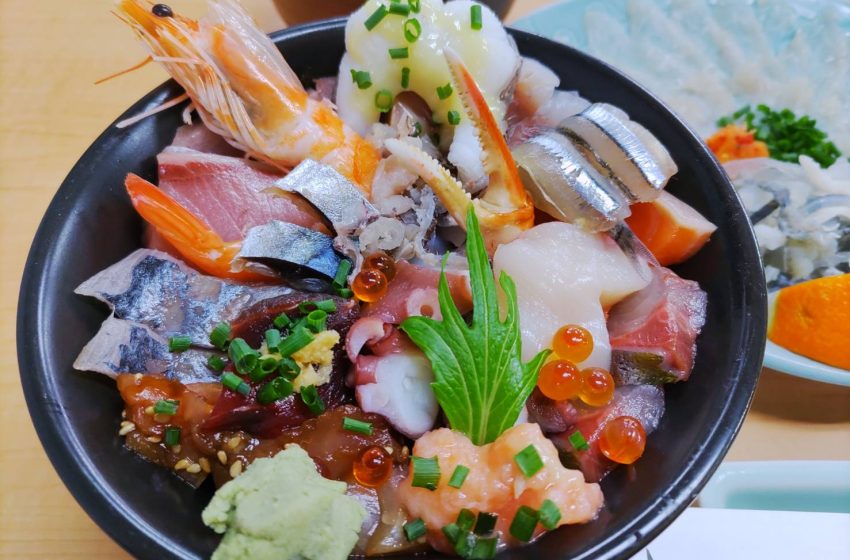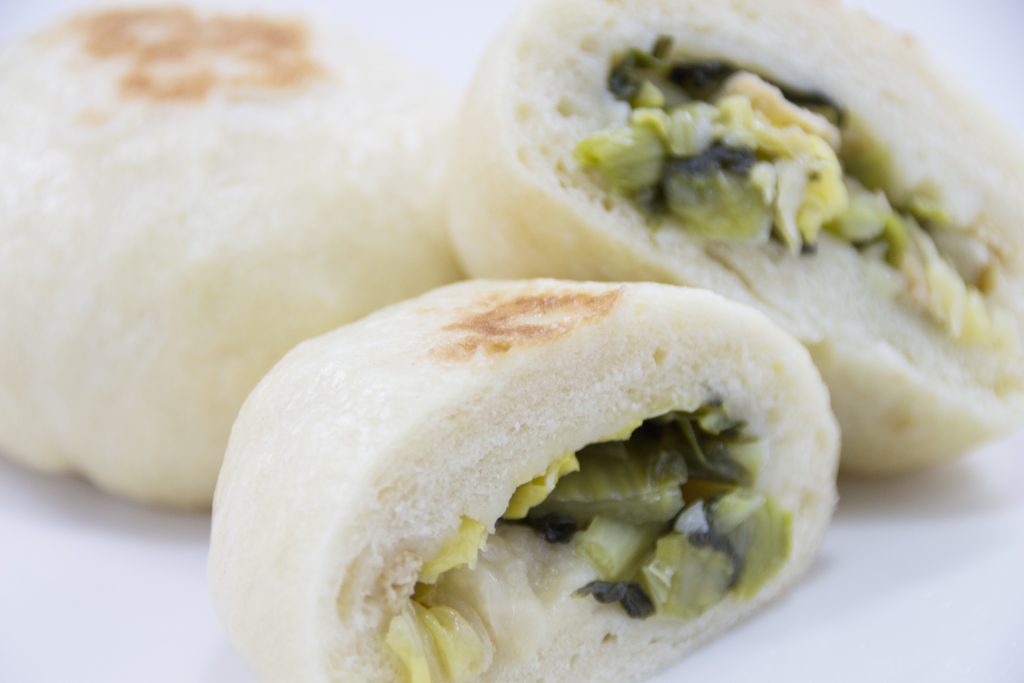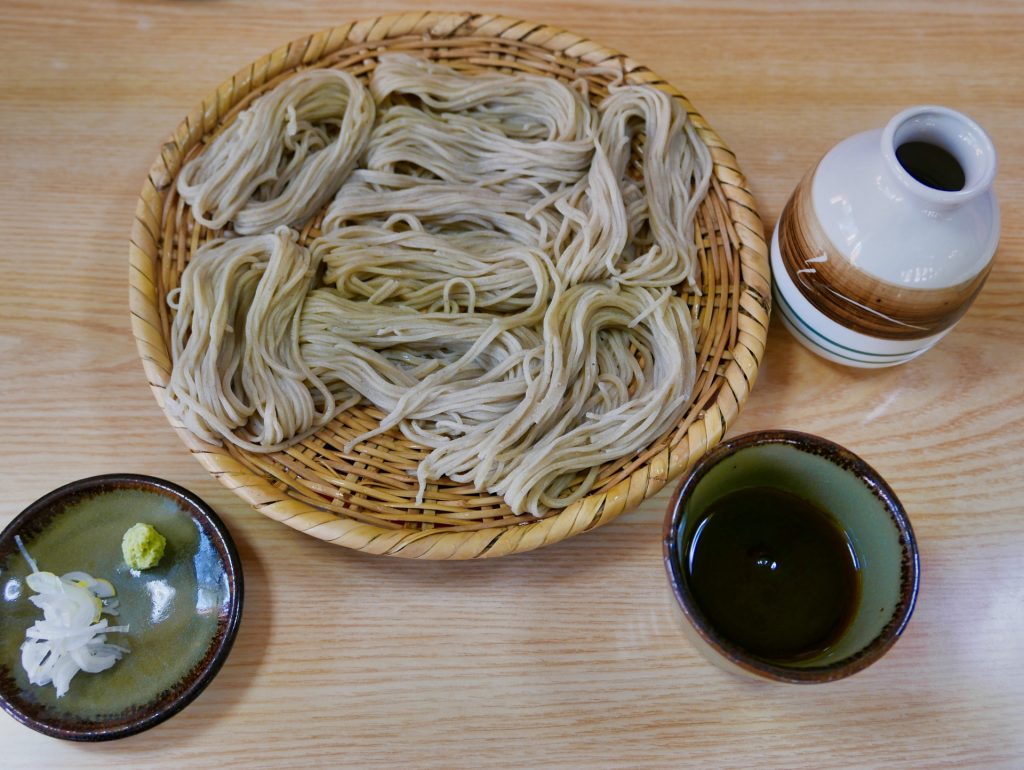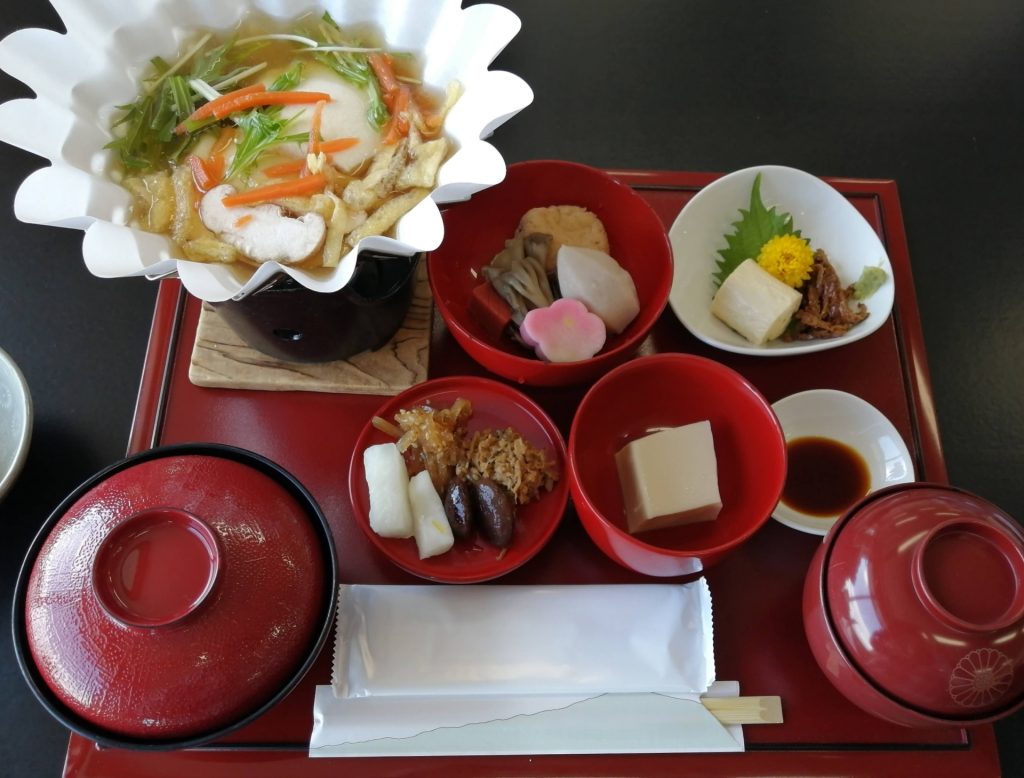
Kaisendon: A Symphony of Seafood Over Rice
Greetings, seafood lovers and aficionados of Japanese cuisine! Today, we’re casting our nets into the vibrant and flavorful world of Kaisendon, a dish that encapsulates the essence of Japan’s rich maritime bounty. Kaisendon, or seafood bowl, is a celebration of freshness, simplicity, and the artful balance of flavors that Japanese cuisine is renowned for. Let’s dive deep into the oceanic delight that Kaisendon offers to both the palate and the soul.
What is Kaisendon?
Kaisendon is a sumptuous Japanese rice bowl topped with an assortment of fresh, raw seafood. It’s a close relative of sushi and sashimi, sharing the same emphasis on the quality and freshness of the fish. The base of the dish is sushi rice—seasoned with a blend of vinegar, sugar, and salt—over which a colorful array of seafood is artfully arranged. Common toppings include slices of tuna, salmon, yellowtail, scallops, shrimp, and sea urchin, among others, each offering its unique texture and taste.
The Origins of Kaisendon
Kaisendon originated from Japan’s coastal regions, where access to fresh seafood is unparalleled. It was a way for fishermen and seafood vendors to showcase the day’s catch in its most natural form, celebrating the abundance of the sea. Today, Kaisendon has sailed into the heart of Japanese cuisine, beloved by locals and visitors alike for its direct connection to the ocean’s freshness.
Experiencing Kaisendon in Japan
The experience of enjoying a Kaisendon in Japan is about more than just eating. It’s an opportunity to taste the very essence of the sea, with each bowl reflecting the seasonal and regional variations of the country’s waters. From bustling seafood markets in Tokyo to quaint coastal eateries in Hokkaido, Kaisendon offers a culinary journey through Japan’s diverse and rich aquatic life.
The Art of Kaisendon
The artistry of Kaisendon lies in the selection and arrangement of the seafood. Chefs take great care to balance flavors and textures, ensuring that each component shines while harmonizing with the others. Accompaniments like wasabi, soy sauce, and pickled ginger add depth and contrast, enhancing the natural flavors of the seafood without overpowering them.
Varieties of Kaisendon
While the classic Kaisendon is a marvel in its own right, various regions and restaurants across Japan introduce their unique twists to the dish:
- Uni Kaisendon: A luxurious version dominated by sea urchin, known for its rich, creamy texture and deep ocean flavor.
- Ikura Kaisendon: Featuring salmon roe as the star, bursting with salty-sweet flavor in every bite.
- Mixed Kaisendon: A treasure trove of different seafood types, offering a comprehensive taste of the sea.
Making Kaisendon at Home
For those inspired to recreate this maritime masterpiece at home, the key is freshness. Source the highest quality, sashimi-grade seafood you can find, and let the ingredients speak for themselves. With a bed of seasoned sushi rice as your canvas, arrange the seafood atop, and finish with your choice of garnishes and sauces for a personalized touch.
Conclusion: A Seafood Lover’s Dream
Kaisendon is more than just a meal; it’s a testament to the beauty and bounty of the sea, a dish that connects diners to the very essence of Japanese culinary tradition. Whether enjoyed in a seaside village or a city restaurant, each bowl of Kaisendon is a celebration of the ocean’s gifts, inviting you to savor the freshness and craftsmanship of Japanese seafood cuisine.
So, immerse yourself in the experience of Kaisendon, and let each bite take you on a journey through the vibrant seas of Japan. Bon appétit, or as we say in Japan, Itadakimasu!




